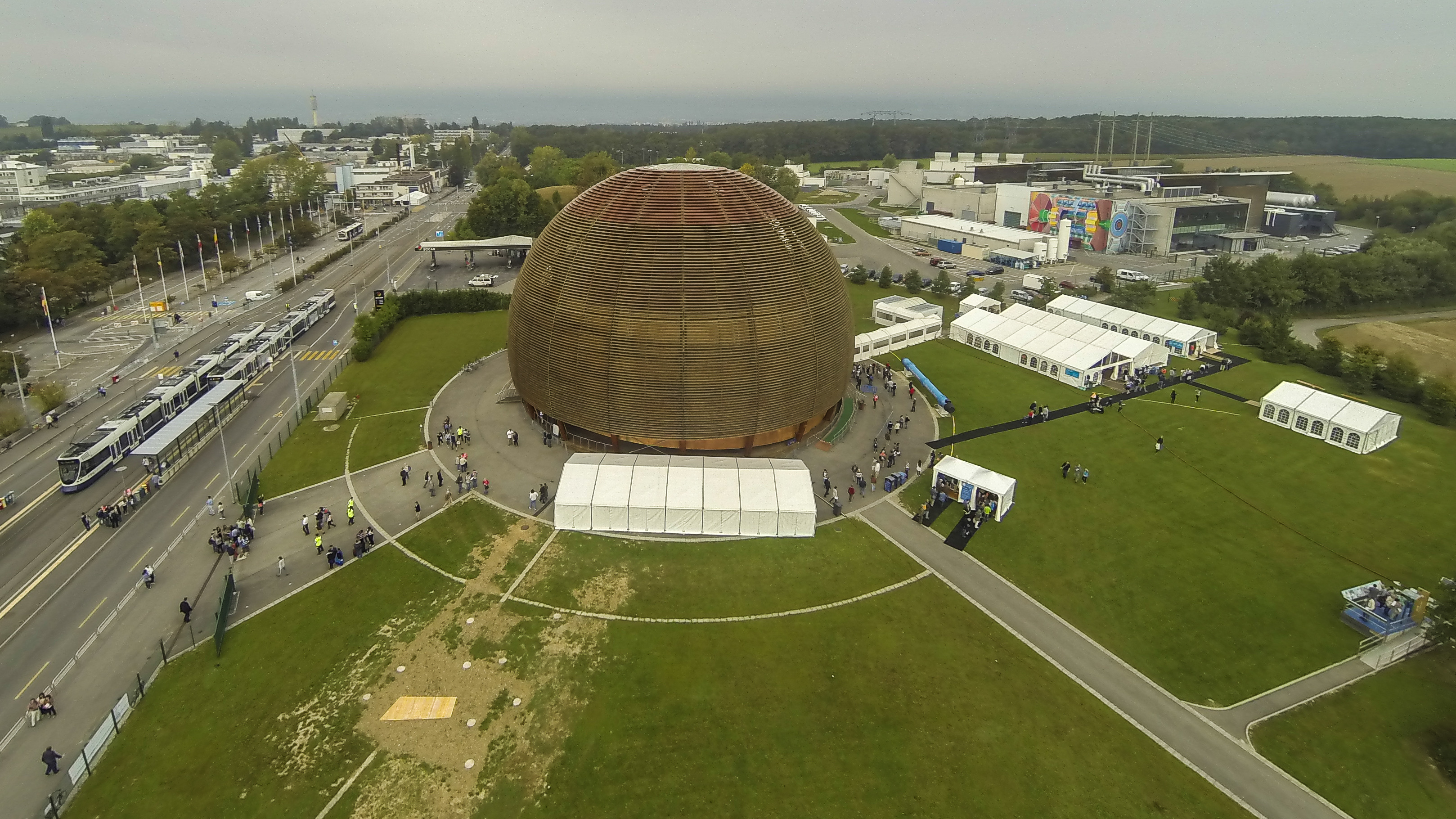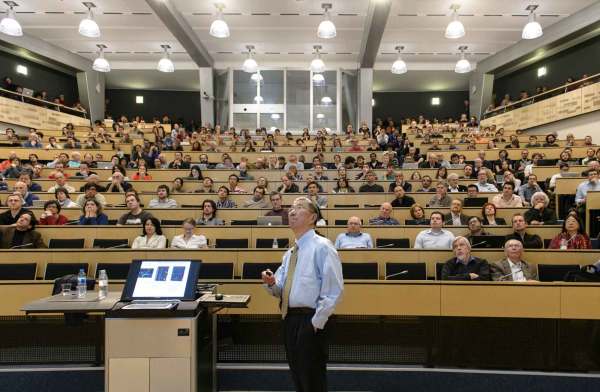Matrox Helps CERN Connect With the Global Scientific Community

The internet as we know it owes its existence to the European Organization for Nuclear Research, or CERN. While working there in the 1980s, Tim Berners-Lee created a hypertext system to facilitate scientific collaboration on the organization’s research on particle physics; later, he refined his ideas to invent the World Wide Web, and create the first web browser and website.

Located near Geneva, Switzerland on the Franco-Swiss border, the organization has been at the forefront of nuclear physics research for more than 60 years. Operating six particle accelerators, including the Large Hadron Collider—the largest single machine in the world—it has been responsible for numerous monumental achievements, including the discovery of the Higgs boson in 2012. From daily lectures to a global cohort of scientists remotely collaborating on ongoing experiments, CERN relies on the internet for connecting the world’s scientific community with streaming video.
So when the system it was utilizing to carry out its communications began to fall behind the times, it recently upgraded to a platform based on the Matrox Monarch HD H.264 encoder appliance. According to Marek Domaracky, senior video manager at CERN, the facility had been using a system consisting of a PC, two capture cards, an encoder, and additional control software to share seminars online via videoconference from each of CERN’s 15 webcast-enabled rooms. “We needed a powerful PC; we needed to have a big machine to do several things,” Domaracky said. “And it was based on the Flash Media Encoder from Adobe, which started to be obsolete, so that’s why we were looking to make a change.”
Domaracky tested several solutions before settling on the Monarch platform. One of the reasons he selected it was for its ability to maintain an uninterrupted stream, while at the same time starting and stopping recordings. “What is nice with the Monarch devices is they have separate encoders—so you can have the webcast running all day, and you can be recording at the same time. And we can start and stop the recording to trim it to the time we need, and can start the publishing immediately.”
The Monarch appliances push daily webcasts in RTMP to a Wowza Media Server installed at CERN, while high-profile events are sent to the Limelight Networks Content Delivery Network (CDN) to reach larger online audiences.
Auditoriums are equipped with two Monarch HD appliances, each connected to a switcher via HDMI. Some of the auditoriums have a Panasonic SDI camera; in those cases they are hooked up to a Monarch HDX unit, capable of accepting signals from HDMI or SDI sources. In both cases, a Yamaha mixer is used to control the volume of all the presenters’ microphones. Output from the mixer is then sent to the speakers in the auditorium and a second output is sent to Monarch’s analog stereo input.

“All of the rooms we use are videoconference rooms, and they have Cisco codecs installed, and Cisco cameras that are feeding signals to Matrox devices,” Domaracky said. “In some of the rooms we are using Crestron for the control, using Extron, and Cisco devices for videoconference. We also use the Videohub from Blackmagic Design for the video matrix.”
A daily selection of features, industry news, and analysis for tech managers. Sign up below.
One of the most important aspects of Monarch HD that led Domaracky and his team to select it was that it had an API (Application Programming Interface) that would work with the web portal CERN had created to remotely operate the audiovisual technology. “Sometimes we have to operate several rooms at the same time, and we have just five guys to support everything,” Domaracky said. “With the API, we can do everything remotely; we don’t have to have people operating all the time. We have remote monitoring so the guys are sitting in one office and are monitoring the webcast or recording.”
Through the API, Monarch was set up to record conferences directly to a shared storage on the local network. When lectures are conducted off site, they are saved to an attached USB storage and transferred to the network at a later time. Recordings are then uploaded to CERN’s unique, in-house developed video portal, which gives viewers control over watching full screen of the presenter, the lecture notes, or a side-by-side view.
Thousands of worldwide viewers can tune into any live webcast, such as the announcement of the Higgs boson discovery. This webcast yielded 50,000 views simultaneously and almost a million views on demand.
“The recordings and webcasts are very important for our community, because this is how we’re sharing all of the knowledge from CERN,” Domaracky said. “We have daily seminars and webcasts, because CERN is not just people on the campus; we have a worldwide community. Each experiment at CERN is the result of the collaboration of thousands of physicists all around the world. When they have a videoconference or webcast, there are people watching in universities all around the world: in the U.S., in Asia, in Australia. We’re also recording some of the meetings and they are watching them offline afterwards. Some of the meetings are very important and people are following up and checking in.”
Matt Pruznick is the former editor of AV Technology, and senior editor for Systems Contractor News and Residential Systems. He is based in New York.

